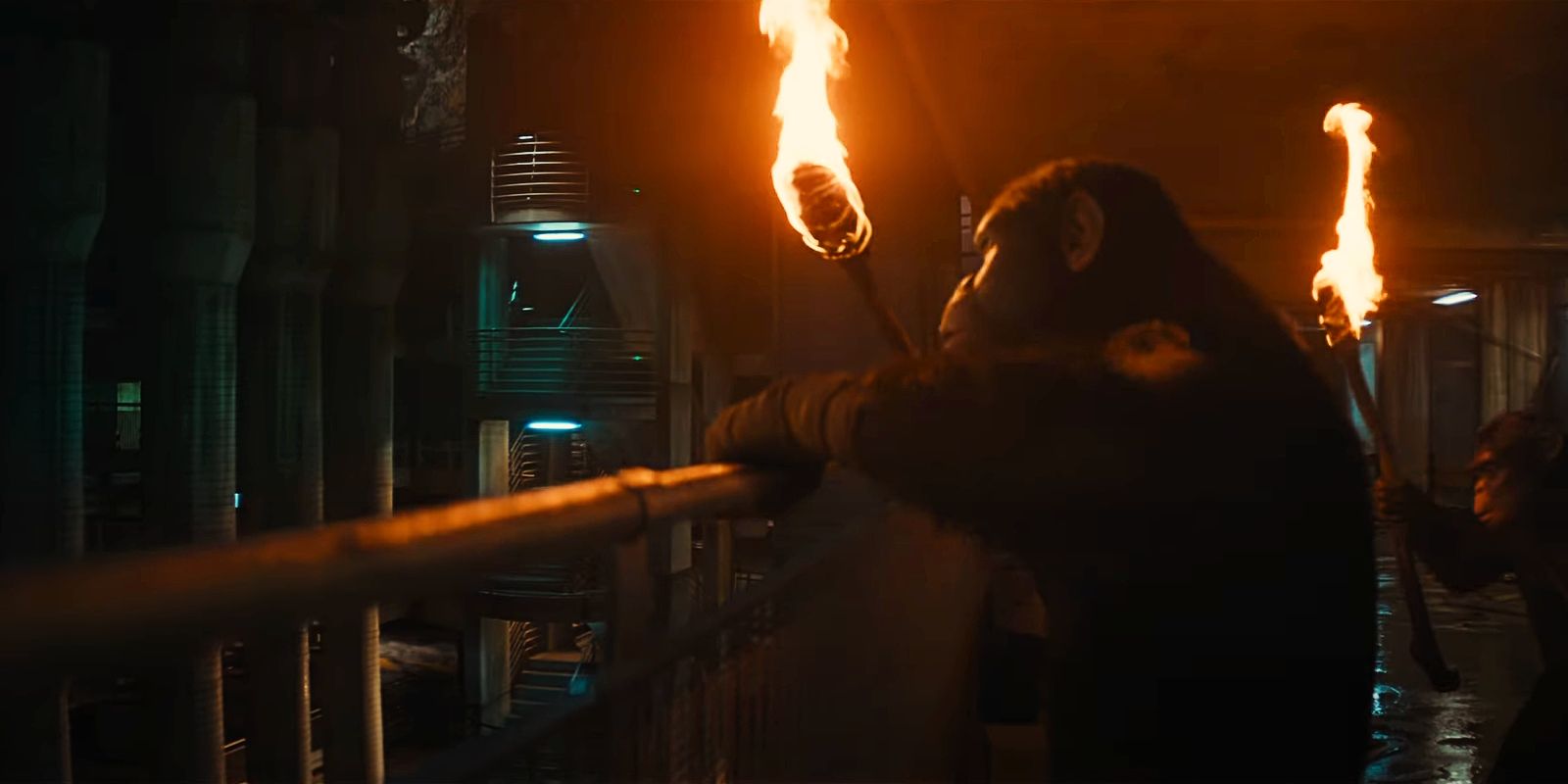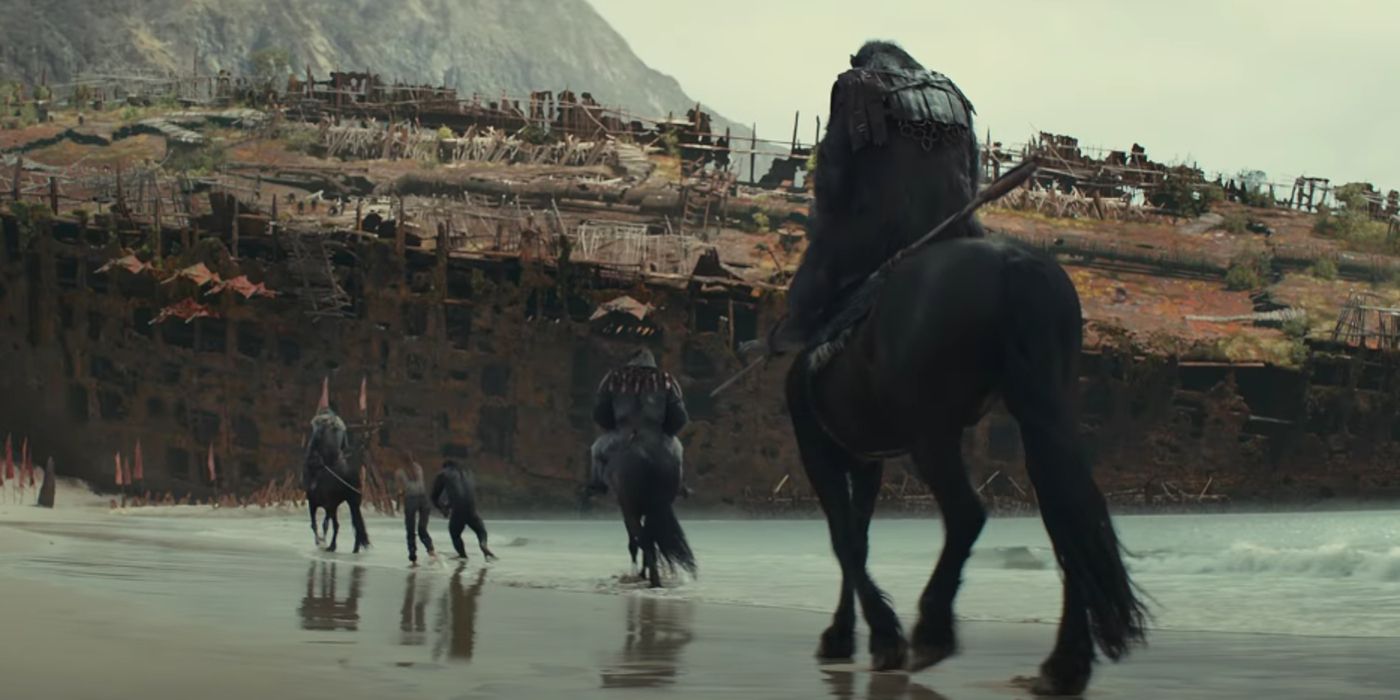
The Connection Between Kingdom of the Planet of the Apes and the 1968 Movie

Exploring the subtle links and potential connections between the upcoming film and the iconic 1968 Planet of the Apes movie.
The Evolution of the Apes' World
Kingdom of the Planet of the Apes, the fourth entry in the modern Planet of the Apes reboot series, offers a unique perspective on the origin of the apes' dominance on Earth. While not considered part of the original franchise's canon, the movie introduces a subtle link to the 1968 Planet of the Apes movie, creating an intriguing connection between the two timelines.
Kingdom of the planet of the apes image with an ape on horseback riding towards an overgrown city
In this continuation of Matt Reeves' Planet of the Apes trilogy, the timeline is set many years after the events of War for the Planet of the Apes, marking a significant passage of time since Caesar's death. The film delves into a more advanced ape civilization, bringing the titular kingdom closer to the planet depicted in the original 1968 film than ever before. This evolution of the apes' world sets the stage for new characters and a captivating exploration of their civilization.
A ape society next to an ocean in Kingdom of the Planet of the Apes
The upcoming film promises to take audiences on a journey through diverse and captivating locations, hinting at a potential link to the iconic beach setting from the 1968 movie. As the narrative unfolds, the audience will be immersed in a world that bridges the gap between the modern reboot series and the classic sci-fi masterpiece, offering a fresh perspective on the apes' rise to power.
Freya Allan as Mae hiding in tall grass in Kingdom of the Planet of the Apes
The Eerily Familiar Beach Setting
One of the most intriguing aspects of Kingdom of the Planet of the Apes is the eerily familiar beach setting showcased in the movie's trailer. This prominently featured location evokes a sense of nostalgia for fans of the franchise, bearing a striking resemblance to the beach from the iconic ending of the original Planet of the Apes movie.
The destroyed Statue of Liberty rises out of the sand in Planet of the Apes
While it remains unconfirmed whether this beach setting is the same as the one seen in the 1968 film's iconic ending, the possibility adds an element of mystery and anticipation to the upcoming film. The potential connection to the original movie's climactic scene raises questions about the impact it may have on the narrative of Kingdom of the Planet of the Apes, hinting at a compelling exploration of familiar settings and iconic moments.
With the beach setting serving as a focal point in the film, audiences are poised to witness the convergence of past and present, as Kingdom of the Planet of the Apes breathes new life into a familiar landscape while paving the way for an exciting evolution of the narrative.
The Symbolism of the Statue of Liberty
The Statue of Liberty, an enduring symbol of freedom and civilization, holds a significant place in the lore of the original Planet of the Apes movie. Its appearance in the 1968 film served as a pivotal revelation, unveiling the post-apocalyptic Earth that had been overrun by apes. In Kingdom of the Planet of the Apes, the potential inclusion of the Statue of Liberty's iconic imagery opens the door to a reimagined use of this powerful symbol within the context of the modern reboot series.
The prospect of a major setting centered around the Statue of Liberty in Kingdom of the Planet of the Apes presents an opportunity to infuse new meaning and narrative depth into the iconic iconography. With the ape civilization possibly utilizing the statue for shelter or defense, the film sets the stage for an action-packed setpiece that pays homage to the original scene while offering a fresh interpretation of its significance.
An ape holds up a torch to look at the underground tunnel in Kingdom of the Planet of the Apes
As the film unravels the mystery behind the destroyed Statue of Liberty and its presence on the beach, audiences can expect a thought-provoking exploration of the apes' interaction with human remnants and the recontextualization of a pivotal moment in the franchise's history. Kingdom of the Planet of the Apes aims to captivate viewers with its innovative approach to integrating iconic symbols into a narrative that continues to push the boundaries of the apes' world.
Apes on horseback in Kingdom of the Planet of the Apes
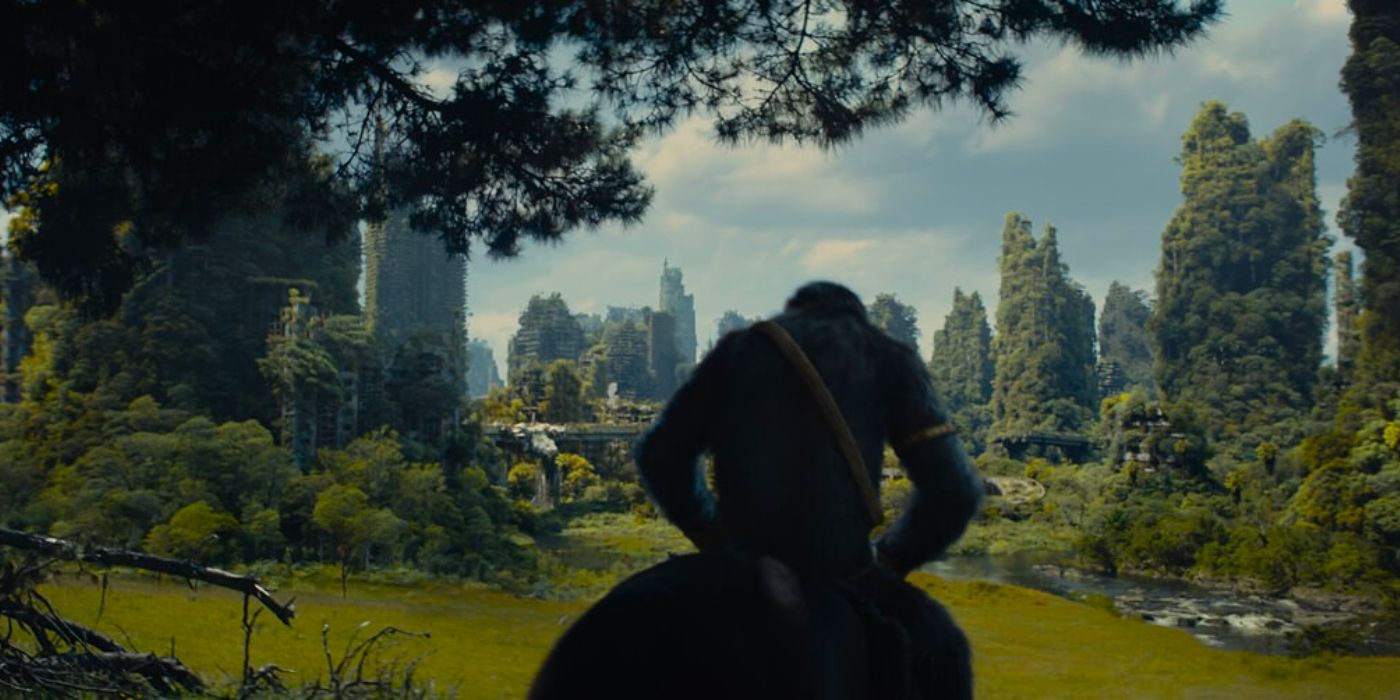
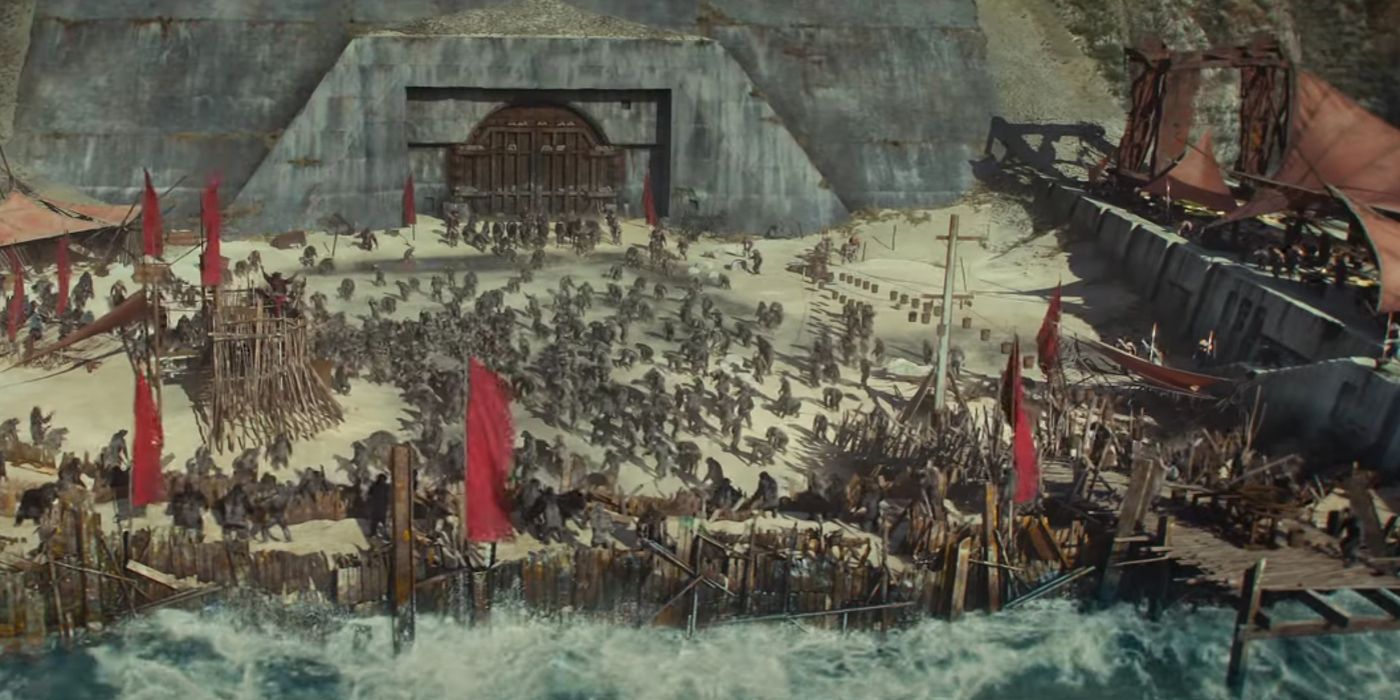
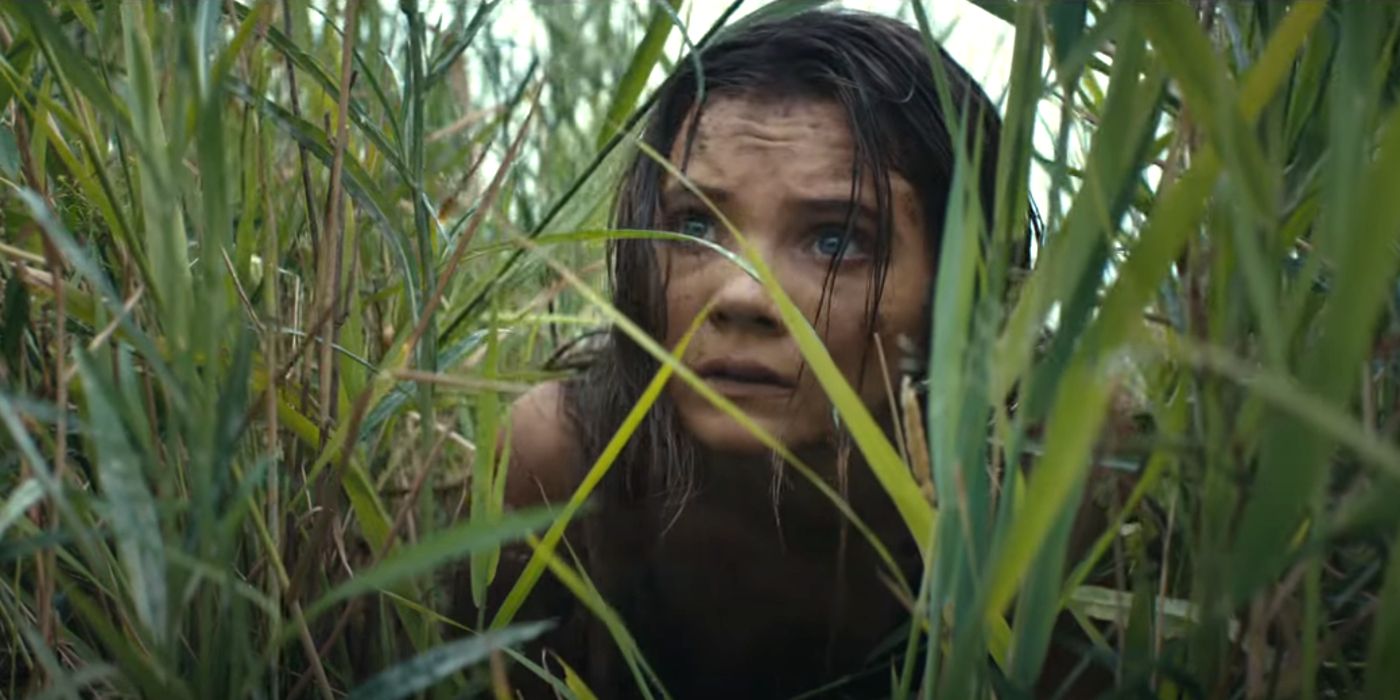
.JPG)
